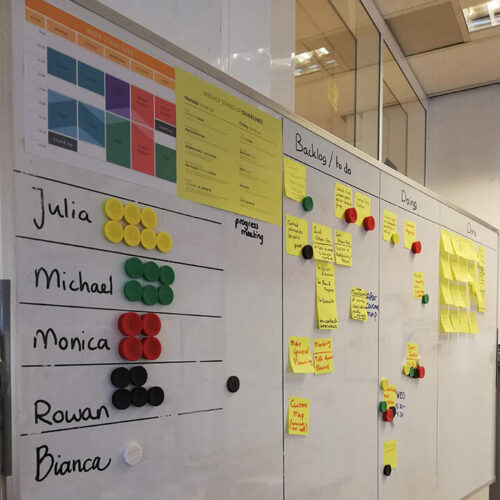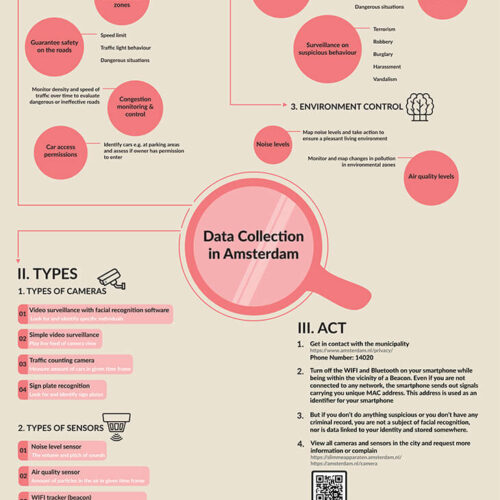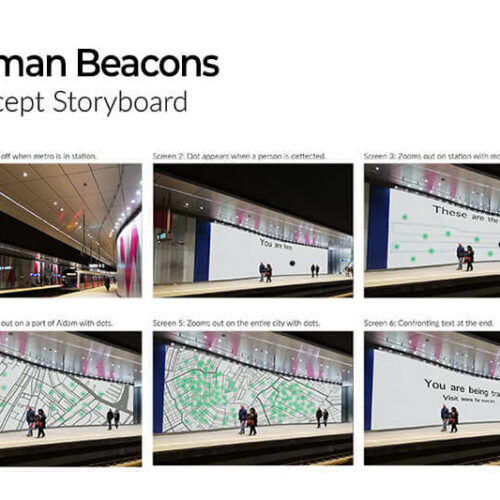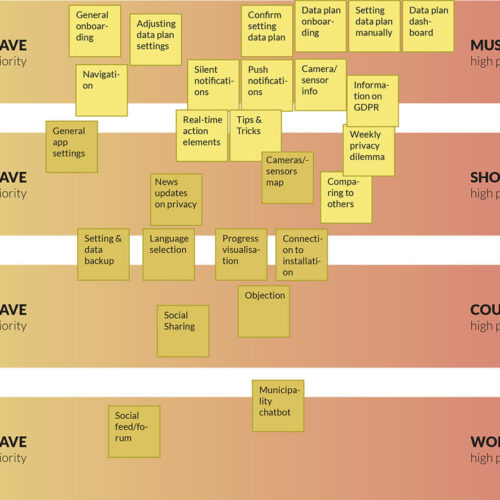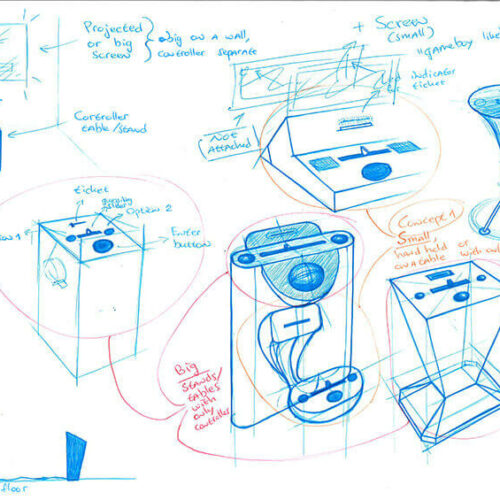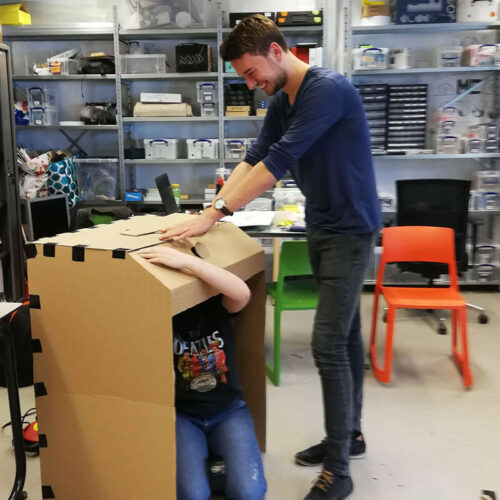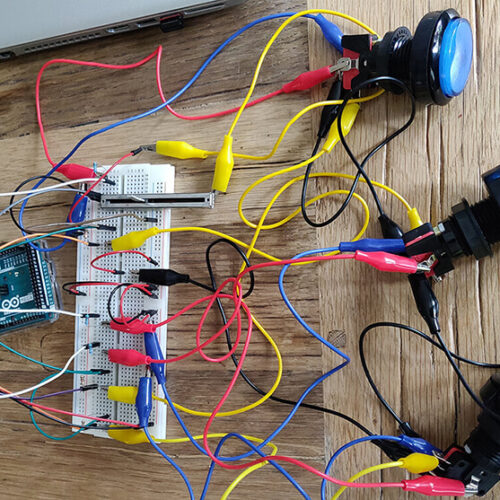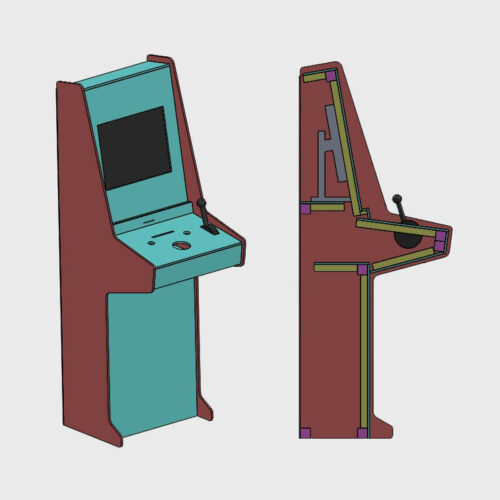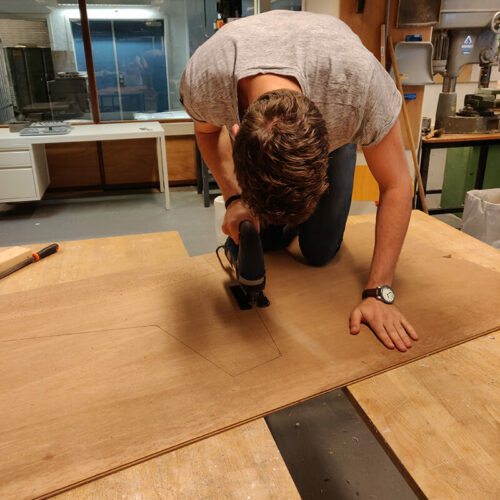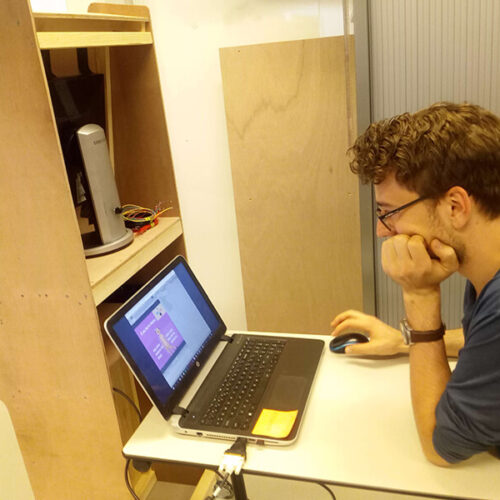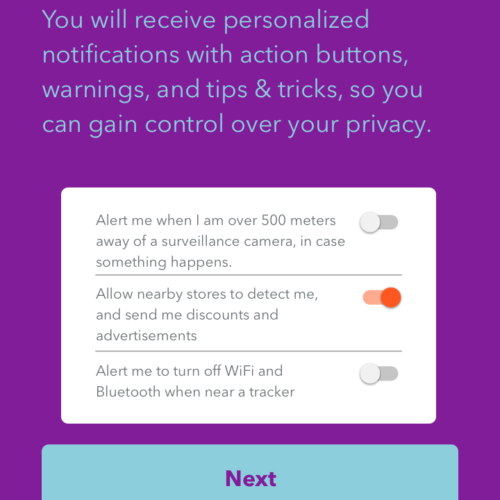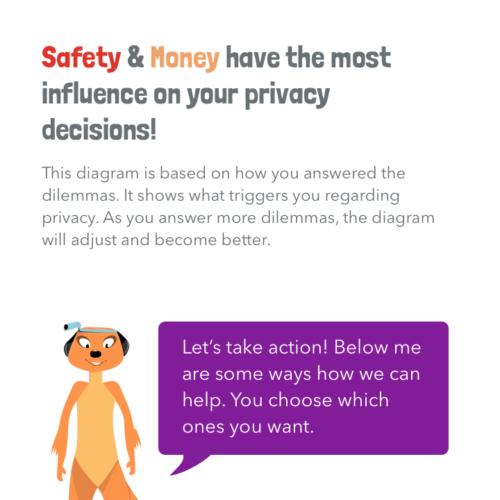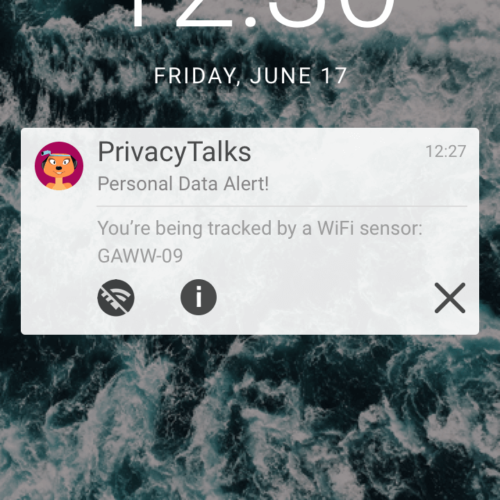Project Brief / Challenge
The Municipality of Amsterdam asked us to design an intervention that would create a common understanding of and clear communication about the monitoring systems under which people in Amsterdam live. The municipality wants to enable a transparant public debate — between them, citizens, and other stakeholders — about the use of cameras and sensors throughout the city, in relation to privacy and other values. By raising awareness and educating citizens, the municipality hopes to create a sustainable solution in which they work together with their citizens towards a digital city that everyone feels comfortable with.
Project Details
| Client | The municipality of Amsterdam |
| Main Stakeholders | The municipality of Amsterdam, Tada, European Union (GDPR and related rules) & most importantly all citizens of Amsterdam; being as inclusive as possible was of great importance to our client and the succes of our product. |
| Position | Team Leader |
| Roles | Responsible for: Project Management, Client Meetings, Campaign Architecture/Ecosystem, Design & Prototype of: Game Installation. Contributed to: Context Research, Ideation, User Research, Concept Development, Prototyping. |
| Team | 4 people (Team Leader, Lead Research, UI/UX Designer, Visual Designer) |
| Period | 16 weeks, 2 days a week |
Client
The municipality of Amsterdam
Main Stakeholders
The municipality of Amsterdam, Tada, European Union (GDPR and related rules) & most importantly all citizens of Amsterdam; being as inclusive as possible was of great importance to our client and the succes of our product.
Position
Team Leader
Roles
Responsible for: Project Management, Client Meetings, Campaign Architecture/Ecosystem, Design & Prototype of: Game Installation.
Contributed to: Context Research, Ideation, User Research, Concept Development, Prototyping.
Team
4 people (Team Leader, Lead Research, UI/UX Designer, Visual Designer)
Period
16 weeks, 2 days a week








